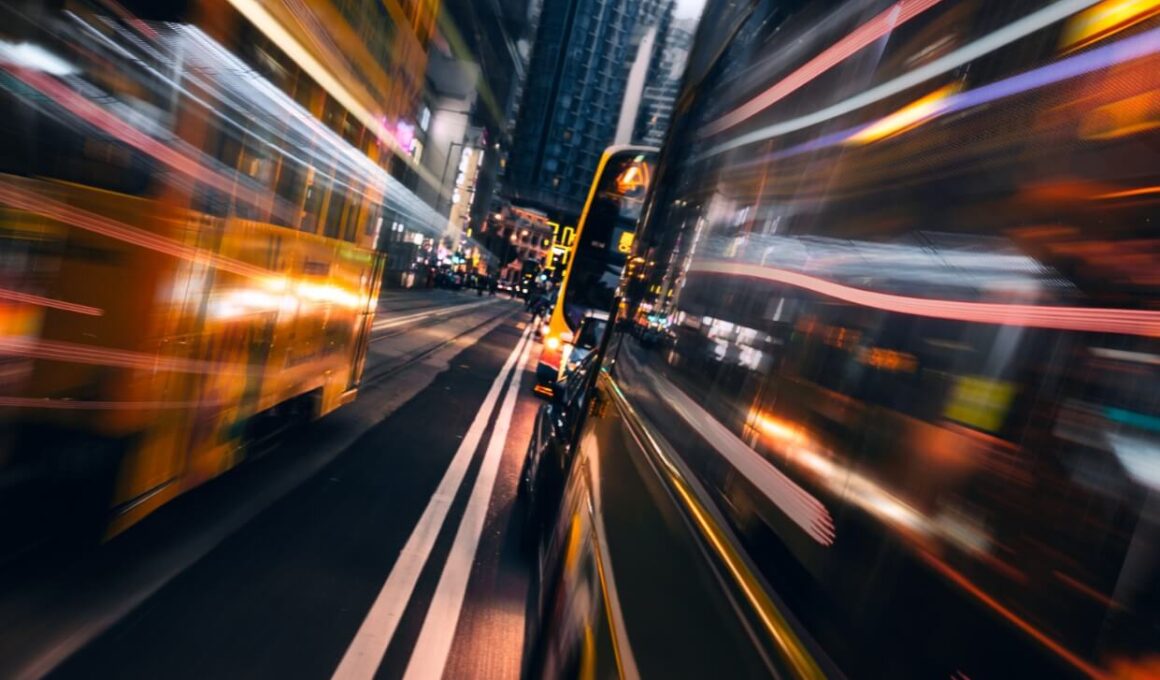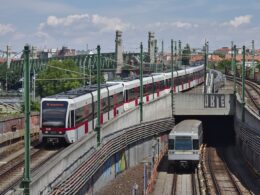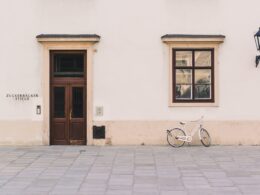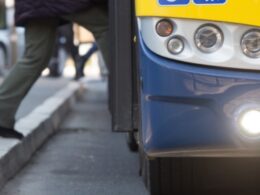Table of Contents
- Tour by bike
- Tour by car (Rental & Taxi)
- Tour Vienna on a Tram
- Vienna Metro
- Air Links
- Hybrid Buses Launched in Vienna
- The Main Railway Station in Vienna
- Vienna public transport prices
- Vienna Public Transport Hours – Timetables
- Wien Public Transport Map
- Vienna card public transport
- Public Transport to Offer Free Wi-Fi
- Related articles:
Exploring the sights and sounds of Vienna in Austria can be done in a variety of ways. Depending on your personal preference, you can visit the famous tourist attractions around the city by using Vienna public transport. Or you could do it on foot, by bike or a car.
Tour by bike
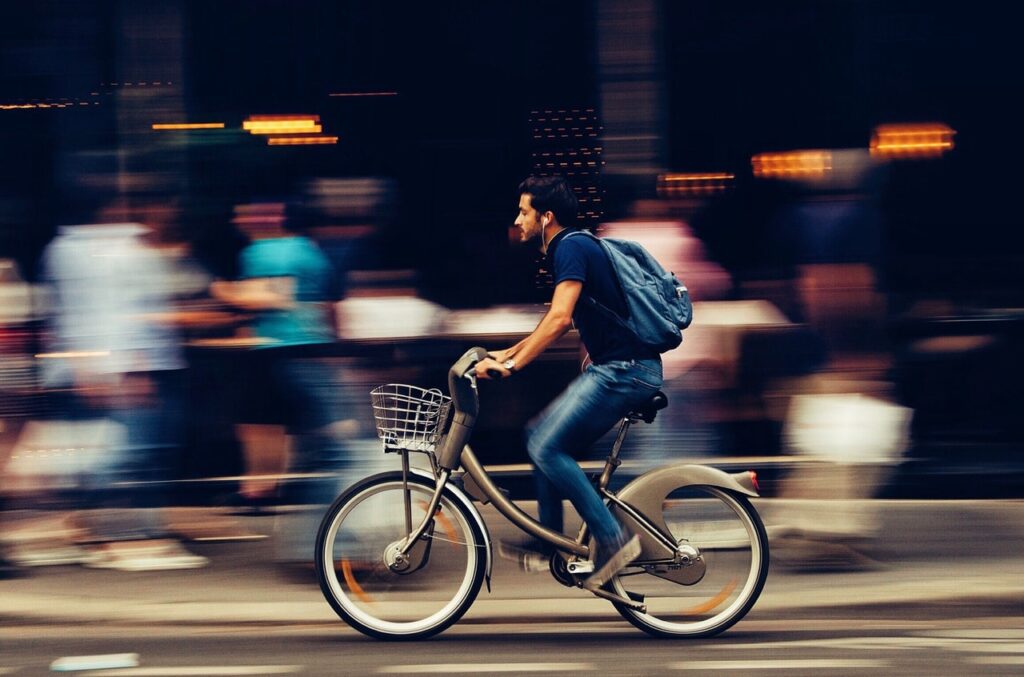
Due to the heavy traffic, Vienna encourages cycling. Similar to the bike tours in Copenhagen, people can also ride on bicycles to tour Vienna’s attractions. This will take you to your destination at your own pace and time not to mention the bike is also environment friendly.
In Vienna today, there is a dedicated network of bicycle paths measuring more than 1,050 kilometers. There are also beautiful bicycle routes along the Danube river and all throughout Vienna.
Additionally, there is a City Bikes Wien program in place providing 60 bike stations around the city round the clock. A fee is required to use a City Bike but the first hour is free. For the more adventurous type, there are also mountain bikes for rent.
If you’d like to, you can join a bike tour group to discover Vienna’s highlights.
Tour by car (Rental & Taxi)
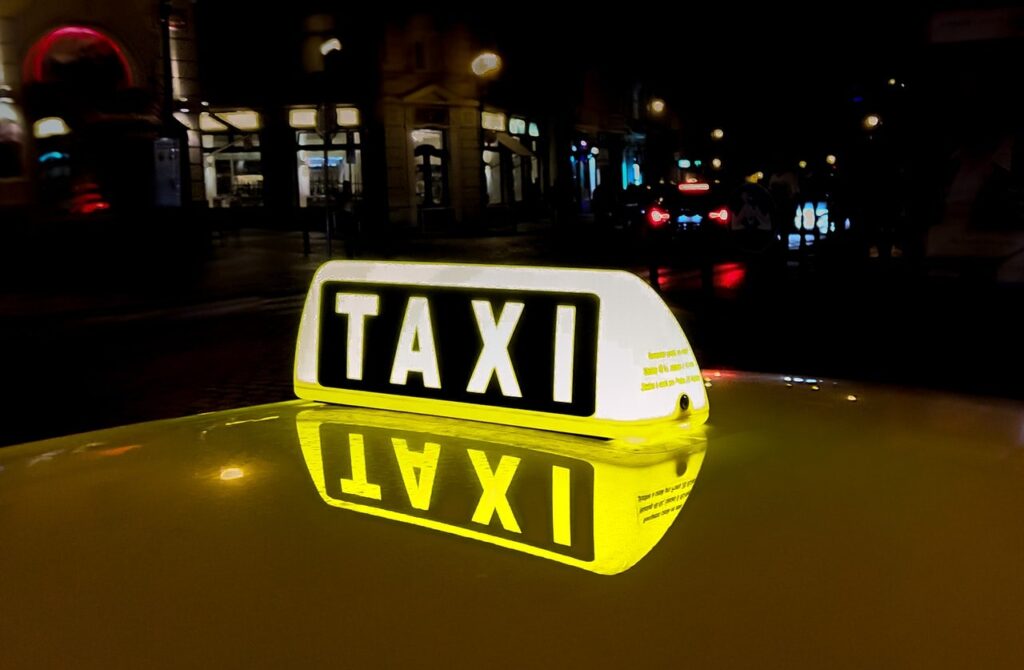
Renting a car during your stay is also an option. Car rental companies exist in Vienna and most have websites where you can book and pay directly in advance. You can choose the type of car you want and even the supplier according to the price that fits your budget. It would be best, though, to shop around first to get more affordable rates. Make sure to also read their terms and conditions to avoid paying additional charges.
Vienna is a car-loving nation, which is why they have an excellent road network. Unfortunately, there is a lack of parking spaces nowadays. Most spaces in central districts only allow you to use it for 90 minutes. Traffic is also another problem, but if you do decide to drive a car in Vienna, you need a ‘Vignette’.
It is a form or toll that lets you drive in Austria’s motorways. They can be purchased in gas stations and border crossings. Drivers are also required to carry safety warning equipment such as a warning triangle to be placed on the road in case there is an accident, a reflective vest and a first aid kit. Failure to have these items in your car can result to a fine.
Taxis are also all over, but of course, they are expensive.
Tour Vienna on a Tram

Vienna has several tram (and bus) companies such as the Wiener Linien that ply the city’s major thoroughfares. In traveling to and from the airport, one can take the new City Airport train or the bus.
However, it is highly recommended that you learn about the bus routes and their main stations to avoid getting lost. Single tickets, as well as passes valid for longer periods of time, are available at ticket machines and other points of advance sale.
Vienna has lots of tourist attractions that a one-day tour of the city won’t be enough. What’s great about exploring the city’s sights is you can do it in a variety of ways. One unique experience visitors should try for a change is riding the tram system.
This is a safe form of public transportation in Vienna. Vienna’s trams are easily accessible to visitors even those going around the city for the first time. The locals call the trams “Bims.” This is derived from the word “bimmelm” which refers to the ringing of the bell as the tram starts to move.
History of Tram in Vienna
During its early days in the 19th century, the tram carriages were pulled by horses. The steam trams followed the original ones until the electric tram was invented. Through the years, the electric tram system expanded to the city’s suburbs reaching its peak in the 1930s.
Unfortunately, when the Second World War took place, many of the carriages were badly damaged. This resulted in the ceasing of the tram network’s operations for some time as Vienna’s transport agencies were trying to recuperate and restore the entire network. By the 1960s when the tram was back in operation, it was already competing with the bus network and the underground train system.
Today, Vienna visitors often take the popular Ring Tram or the so-called hop-on, hop-off tram. It is known as the ring because its route follows a full circuit that can be completed in 25 minutes. This system goes around the Ringstrasse in the inner city and runs every half hour.
Vienna Metro

The Vienna Metro (called “U-Bahn” in German) is made up of five primary lines called U1, U2, U3, U4, and U6. The whole metro spans over 40km in Vienna, 25km of which are underground.
There is also a light rail system (“S-Bahn”) in Vienna with 9.3 km of track, 3.6km underground and 5.7km elevated.
Viennese Architects Won to Design U5 Metro Line
Vienna’s new U5 metro line will be a high-tech public transport with a new design. Presented to the public, the new design of the turquoise metro line will be fully automated and driverless. The first section will be operational by 2023.
Of the 34 submissions from the entire European Union (EU), the consortium of two young Viennese architect teams won the competition for designing the U5 metro line. The new contemporary design will feature turquoise horizontal stripes while the platform and the tracks will be separated by a glass wall.
The doors of the train will open automatically when it arrives at the stations and all will be air-conditioned making it more convenient to commuters. The driverless trains, meanwhile, are meant to avoid human error and make them more efficient.
These new stations are expected to lessen the crowd in the U6 line and the 43 tram line. It will also shorten commute times for many travelers as they will no longer have to switch lines.
Vienna is well known for its unique and environment-friendly innovations and technically-skilled people. It is therefore not a surprise while the Viennese architects won the U5 design competition.
Did You Know?
- Many of the historical Art Nouveau S-Bahn stations have been planned by the renowned architect Otto Wagner and date back as far as 1898.
- Sometimes the metro stinks. Actually it only stinks in the U1 station Stephansplatz. The reason for the bad smell is that at the time of construction, a chemical hardener was injected in the floors to prevent damage to the nearby cathedral (the Stephansdom). Unfortunately, this today results in an outflow of butyric, which stinks.
- The average distance between metro stations is 771m. The shortest distance is Museumsquartier to Volkstheater (U2) with a distance of only 341 meters.
Air Links
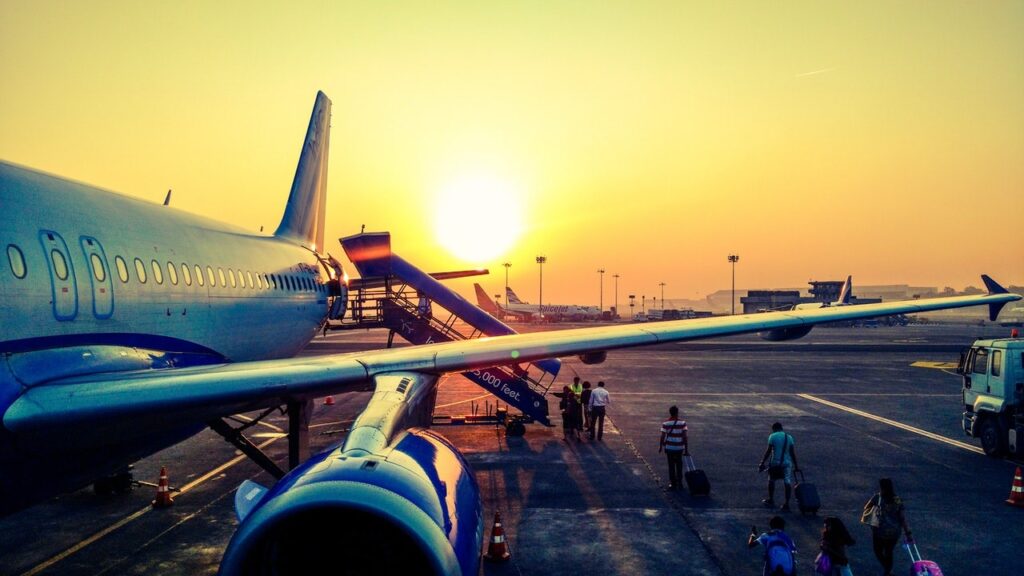
Austria’s major cities –Linz, Salzburg, Innsbruck, Graz, Klagenfurt, and Vienna all have their own international airports. Austrian Airlines the national carrier serves all cities connecting them to international destinations.
Low-cost carriers such as AirBerlin, FlyNiki, Ryanair, Sky Europe, and German Wings also connect Vienna, Linz, and Bratislava to a number of destinations in Europe.
Hybrid Buses Launched in Vienna
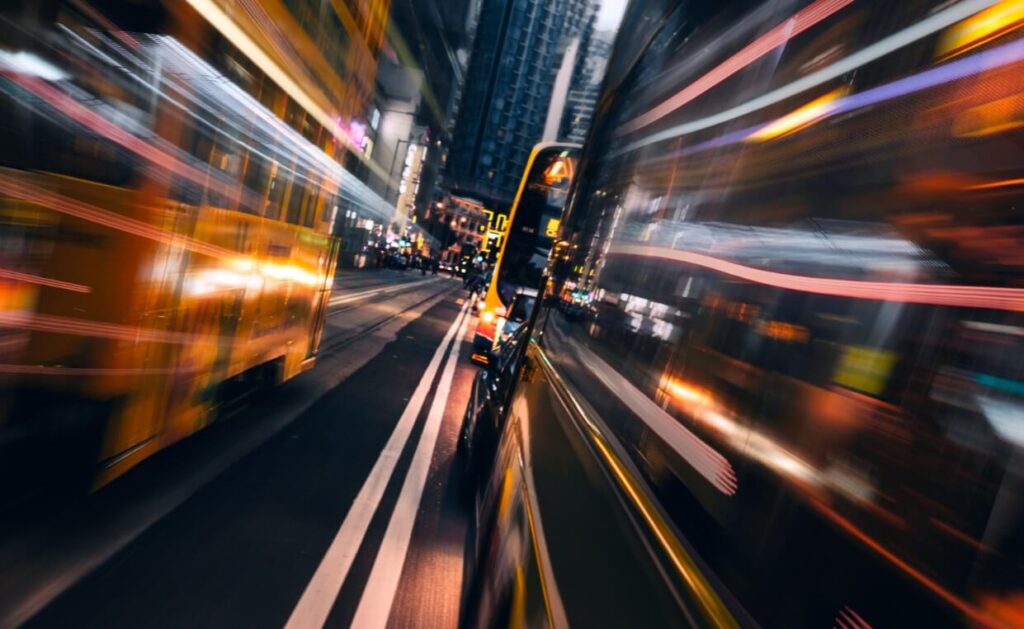
Vienna is among the cities in Europe committed to providing a green environment to its people by reducing its carbon footprint. Currently, electric buses are already providing public transport services to people.
The good news is that the first hybrid buses have just been added to the already existing 12 electric buses in the Austrian capital. The hybrid buses are under Wiener Linien and are now operating in the city center in support of the city’s campaign to make its transport cleaner and more eco-friendly.
These hybrid buses were manufactured by Volvo and have complied with EU emissions standards. In addition, they feature not only an electric motor but as well as a combustion engine. Initially, six of these hybrid buses will be introduced to the 14a line.
With this new type of environment-friendly public transportation, Vienna is expected to enjoy fuel savings of up to 15 percent compared to conventional buses. The Wiener Linien fleet has an estimated 500 vehicles.
Vienna’s electric buses, on the other hand, have been providing regularly scheduled service for years now. They utilize the latest charging technology with energy stores that can be recharged in less than 15 minutes.
The Main Railway Station in Vienna
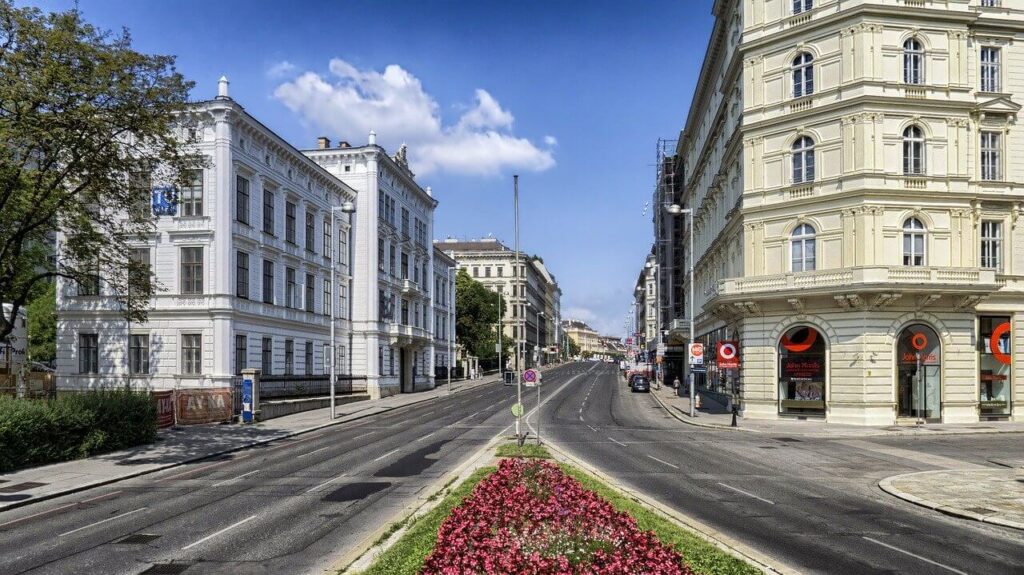
The newest and most advanced is the Hauptbahnhof of Mega-Station. The project was completed on time within the estimated seven-year period at a cost of 1 billion Euros. For this major project, some 20,000 workers were employed. It became operational in December 2015.
In addition to the new railway station, the Mega-Station features offices, apartments and a shopping mall with 90 Top Shops. City officials expect more than 145,000 passengers to use the railway station every day.
Vienna public transport prices
Vienna has one of the world’s most advanced public transportation systems. It has a commuter rail, underground stations, trams, and buses.
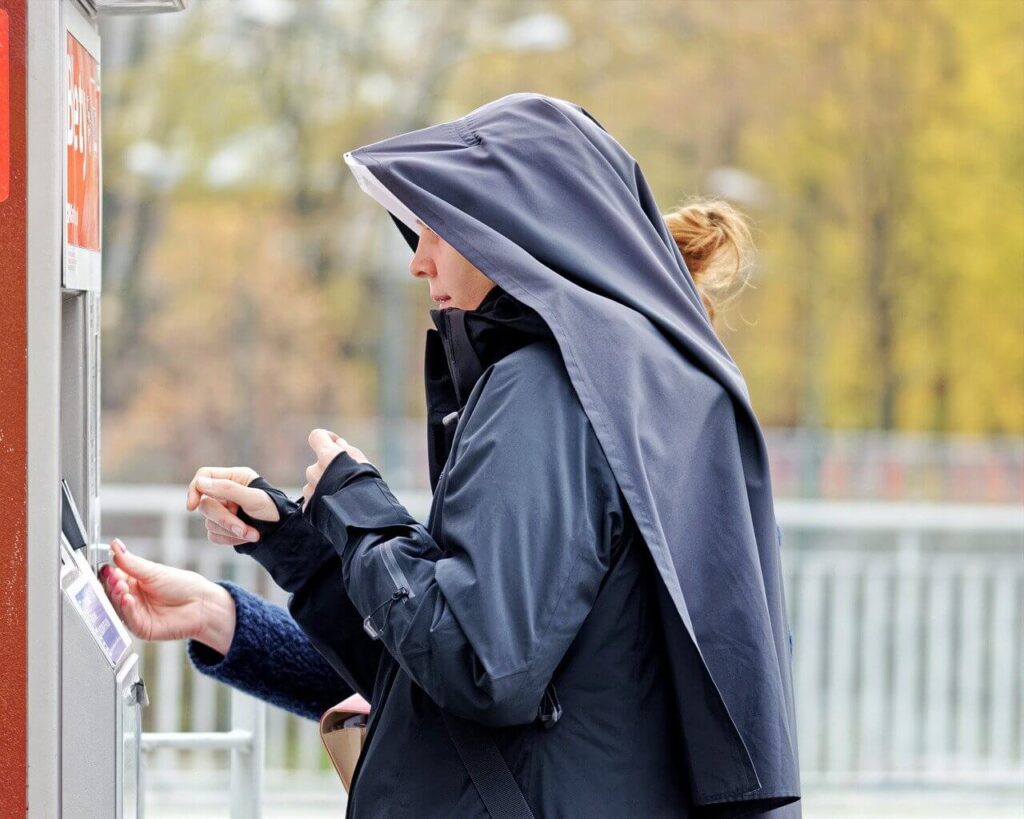
Tickets for Vienna Visitors
With The Vienna Card (check Vienna City Card here) you benefit from free access to public transport in addition to access to more than 210 discounts for visiting museums and other visits.
| Vienna Visitors | Single ticket | Return ticket |
| 24-hours | €25 | €30 |
| 48-hours | €33 | €38 |
Single cards
This one is valid on all public transport services in Vienna.
| Single trip Vienna | €24 |
| 2 trips Viennna | €48 |
Time Cards
| Time Cards | Single ticket | Return ticket |
| 24-hours | €16 | €21 |
| 48-hours | €22.10 | €27.10 |
| Weekly ticket | €25.10 | €30.10 |
Here’s Ticket Shop where you can find out which tickets are available and how to buy them.
All forms of public transport in Vienna are reliable and clean.
Vienna Public Transport Hours – Timetables
| from | to | |
| Underground (Linie U1 & U2) | 5:00 am | midnight |
| Tram (Linie 1 & 2) | 5:00 am | midnight |
More in-detail info at Schedule Timetable.
Wien Public Transport Map
Map of Vienna’s underground, suburban rail (S-Bahn), city airport and Badner Lokalbahn service – On The Fast Track (www.wienerlinien.at)
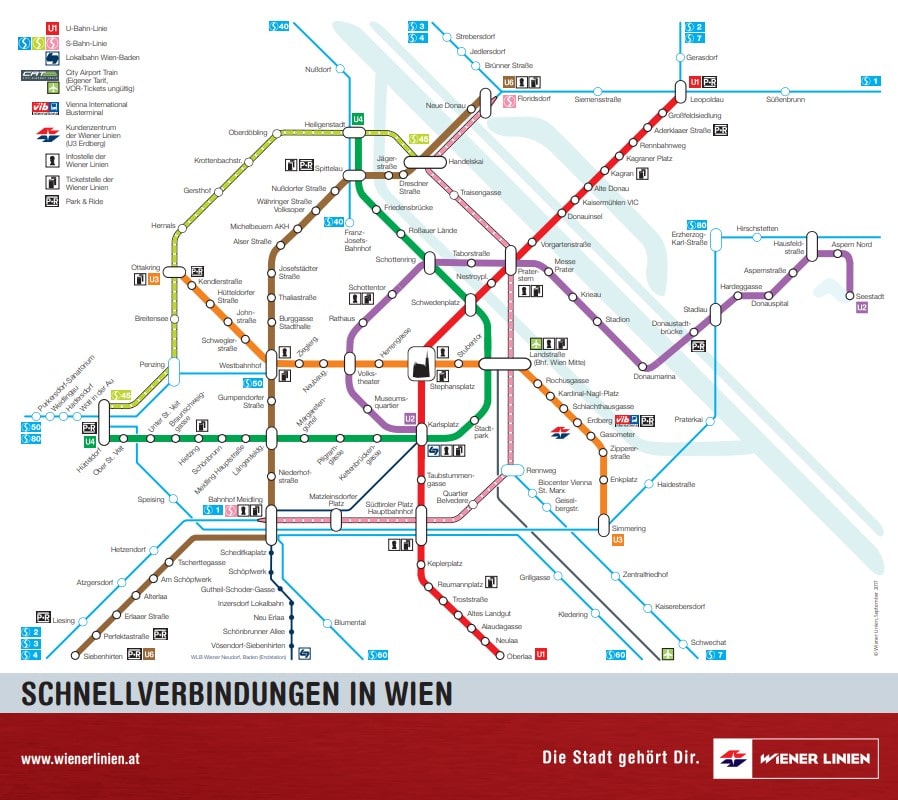
Map of underground, tram and bus lines operating in Vienna’s city center – City Lines. (www.wienerlinien.at)
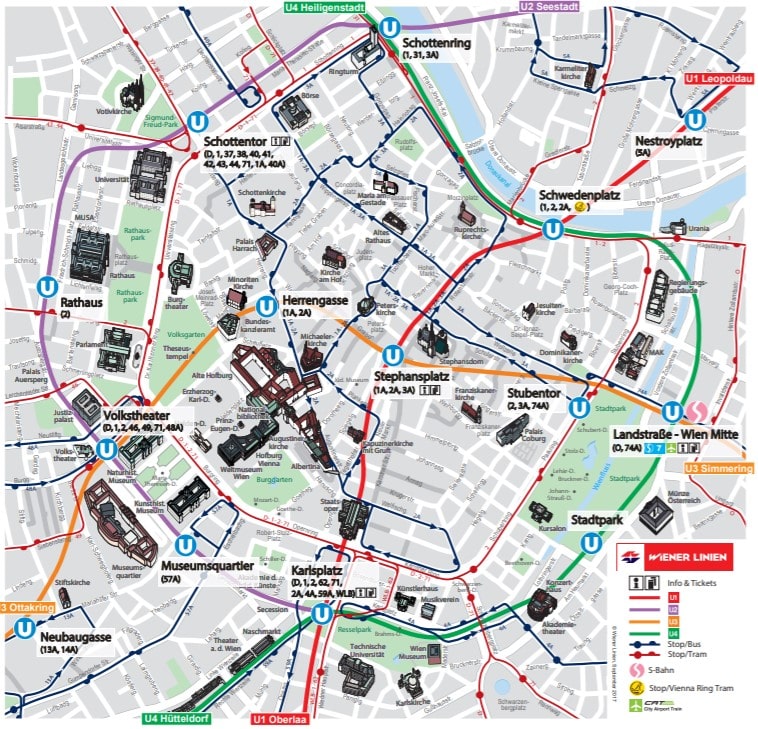
You can find more maps here.
Vienna card public transport
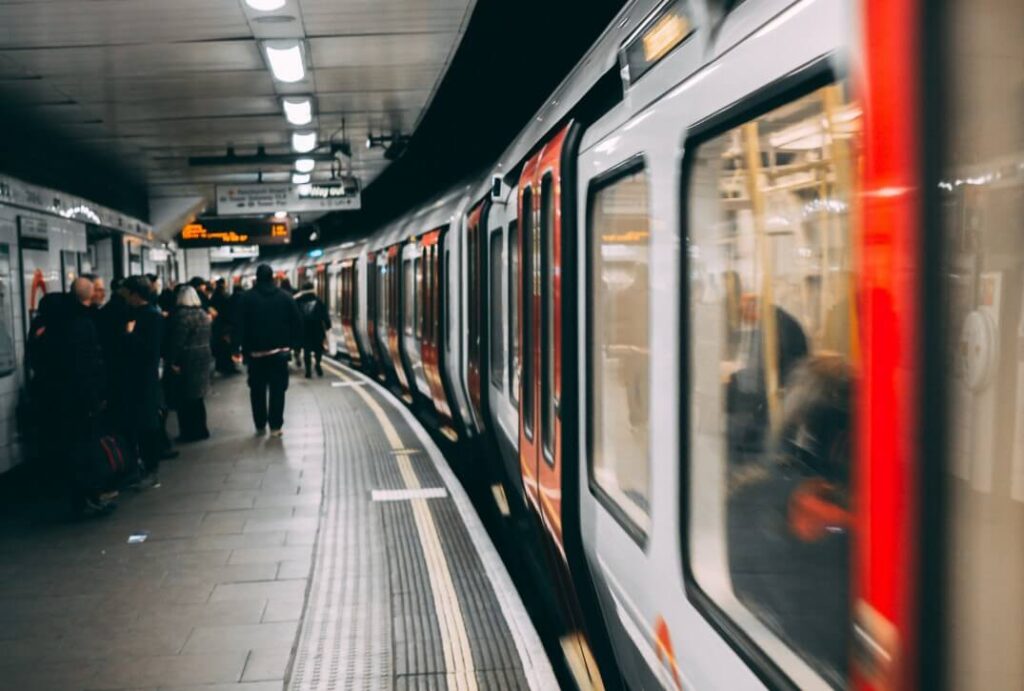
A great way to go around the Austrian capital is by using the Vienna card. Valid for 72 hours, all you need to do is to have it stamped by those small blue machines at the entrance of every public transport (metro, bus, tram, city train) you want to get into.
They can be found at the top of the escalator or inside the trams or buses. Just make sure that you keep your ticket as inspectors check them while inside the tram or bus. You’ll be fined around 60 Euros if caught without a ticket.
Another advantage of using the Vienna card is you enjoy free admission at certain tourist attractions such as the Freud Museum and the Donauturm Tower.
Where to buy Vienna public transport tickets
Other types of tickets you can purchase in Vienna include the daily card, 2 days card, 3 days card, 1-week card, 8 days card and the monthly card. These tickets can be bought using a machine. To buy one, simply touch the screen then select the language you prefer.
Next, choose the ticket you want to buy, press twice for 2 tickets and 3 times for 3 tickets. Then enter your money and right away, your tickets and change will come out.
Or as said before, opt for the Vienna Card online here
Public Transport to Offer Free Wi-Fi

This is one great news for commuters in Vienna particularly those who are active internet users.
Free wi-fi is offered on all key junctions of the Vienna public transport system which means commuters will have the opportunity to go online even while on the move.
The Austrian People’s Party (OVP) has been pushing for the free wi-fi plan for the city’s public transport system. There’s no confirmation, though, whether the costs are shouldered by a private investor or by the Wiener Linien.


